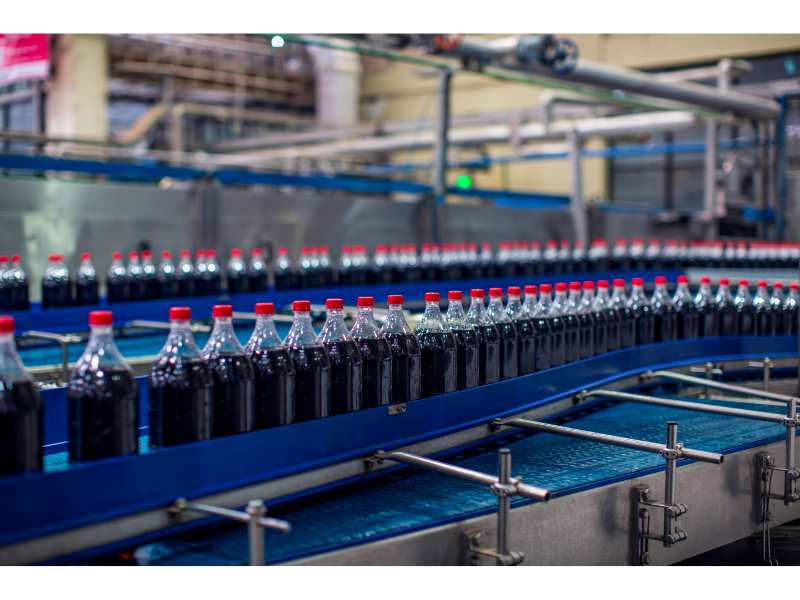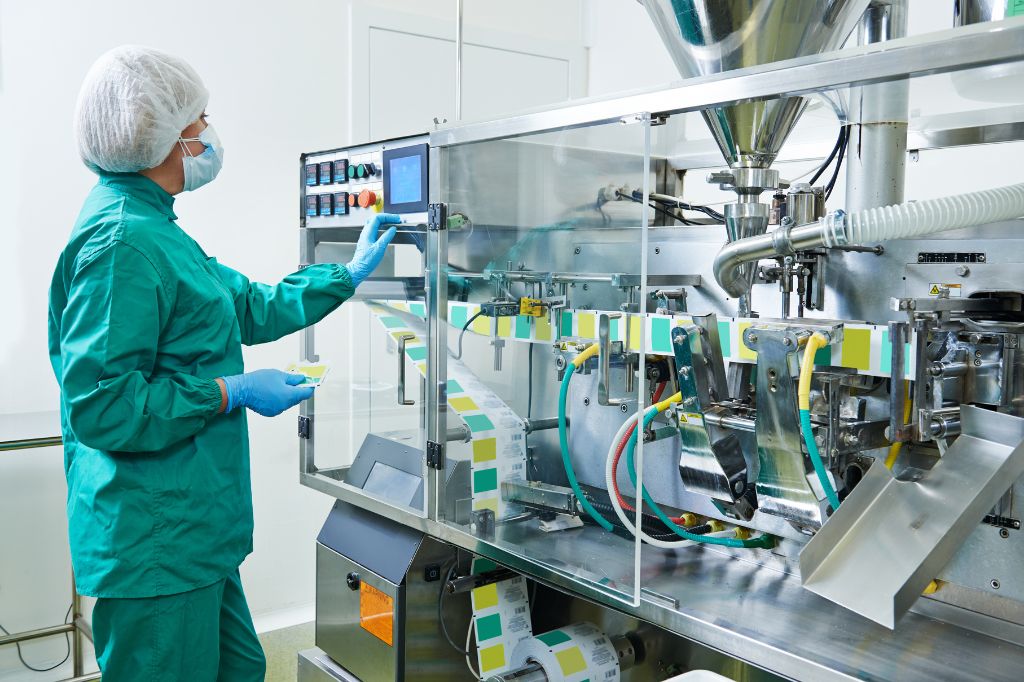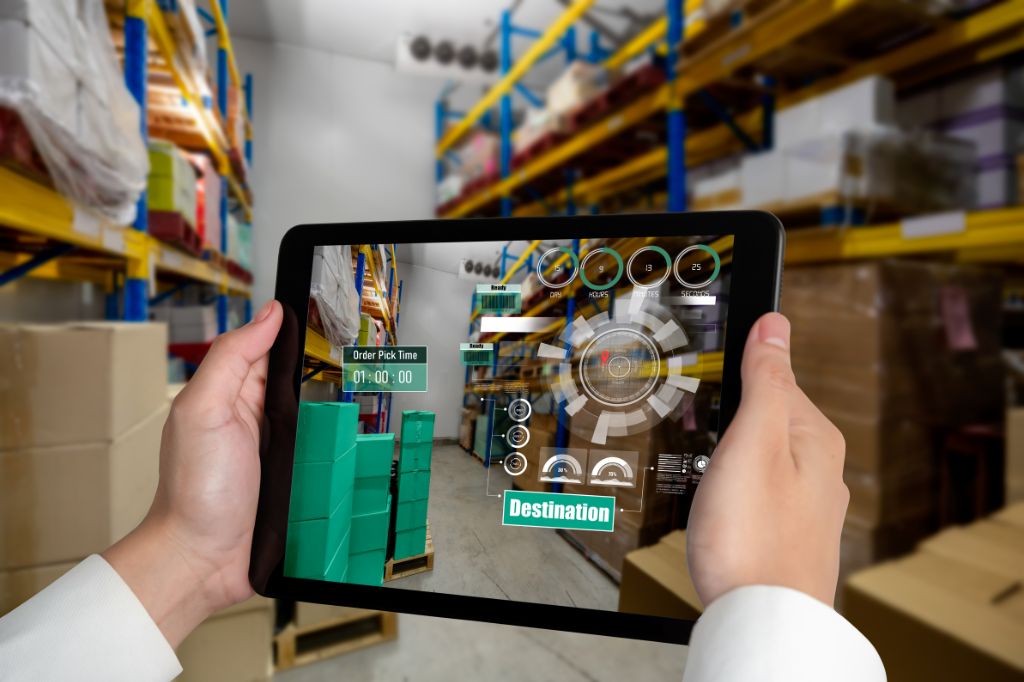
How do roller tracks work?
Reading time: < 6 minutesRoller tracks are essential components in the logistics of heavy industries, facilitating the quick and safe transportation and handling of products. These systems consist of rotating cylinders that move objects, pushing the load along the conveyor belt, thus optimizing production and distribution processes.
The basic functioning of a roller track
The operation of a roller track involves a series of rollers rotating on their axis, moving products along the conveyor belt. This highly efficient action is achieved when the load is placed on the rollers, causing them to rotate and push the load along the conveyor path.
Types of roller tracks
There are different types of roller tracks to meet the specific needs of each industry. The main types include:
-
Gravity roller tracks
These tracks use the force of gravity to move the load. They are ideal for transporting light products over short distances, for sorting, packaging, and assembly areas, where simplicity and efficiency are key.
-
Motorized roller tracks
Unlike gravity tracks, motorized roller tracks use electric motors to drive the rollers. This allows them to handle heavier loads and facilitate material transport over longer distances or on inclined routes, making them essential in automated assembly lines and distribution centers.
-
Specialized roller tracks
Designed for specific needs, these tracks can handle materials at high temperatures, in wet environments, or transport fragile materials, demonstrating the versatility of these systems to adapt to any industrial setting.
Key components of roller tracks
A roller track consists of several essential components: rollers, structure, frame, supports, and the system itself.
- Rollers are the main element of the track and are responsible for pushing the load. They can be made from different materials, such as steel, plastic, aluminum, stainless steel, PVC, galvanized, or painted. The roller surface may vary, from smooth to grooved, depending on the grip required.
- The structure serves as the base on which the rollers move and is crucial for the proper functioning of the system.
- The frame supports and aligns the rollers.
- Supports adjust the height and level of the track.
- Drive systems can be manual, gravity-based, or motorized, depending on the type of track.
Advantages of roller tracks
Roller tracks offer a number of advantages over other transportation systems, such as::
- Efficiency: They are an efficient way to move products, requiring little energy to operate.
- Flexibility: They can be adapted to a wide range of applications and needs.
- Versatility: They can transport a wide variety of products, from boxes and packages to heavy machinery parts.
- Durability: They are robust, durable systems that can withstand intensive use.
- Safety: They provide a safe transportation system, as there is little risk of the load falling or jamming.
Thus, the advantages of implementing roller tracks include improved material or product handling efficiency, a significant reduction in manual labor, increased workplace safety, and design flexibility to fit any workspace. All these benefits translate into faster processes and lower operational costs.
Considerations when choosing a roller track
Before choosing a roller track, it is essential to assess the specific needs of your business and take into account several factors, such as:
- The type of product being transported: It is important to choose a roller track that is suitable for the type of product being moved.
- The weight of the product: It is necessary to select a track that can support the product’s weight.
- The distance to be covered: It is vital to choose a roller track that is appropriate for the distance to be traveled. Space limitations will strongly influence this aspect.
- The budget: It is important to choose a roller track that fits within the available budget.
These factors will determine the most suitable type of track for your industry, ensuring an efficient and effective investment.
Installation and maintenance
Proper installation and regular maintenance are crucial for ensuring the optimal operation of roller tracks. Essential factors include:
- Periodic inspections of the roller tracks.
- Lubrication of the rollers.
- Adjustments to drive systems to prevent disruptions and extend the system’s lifespan.
Examples of Success in Various Industries
Various sectors have successfully implemented roller tracks, from the automotive industry to the food industry, demonstrating their ability to significantly improve operations. These success stories highlight the adaptability and effectiveness of roller tracks in different industrial environments.
Roller tracks represent an efficient and productive solution for transporting materials and products across a wide range of industries. Proper selection, installation, and maintenance can result in significant improvements in productivity and efficiency in any production or logistics process, underscoring their indispensable value in the supply chain of any sector.
At Eurotransis we specialize in manufacturing roller tracks for a wide range of industrial sectors. We are here to answer any questions you may have. Don’t hesitate to contact us!



